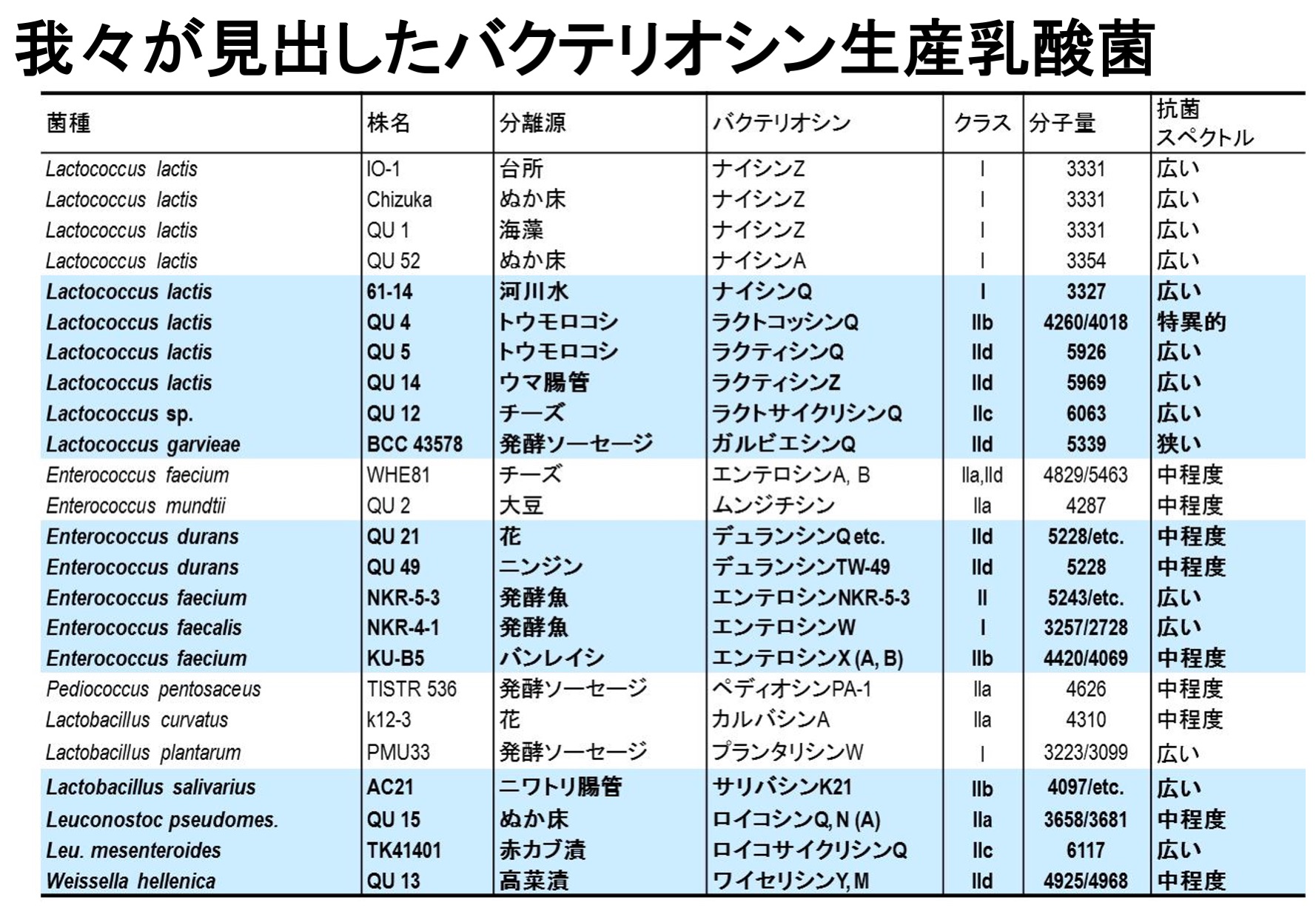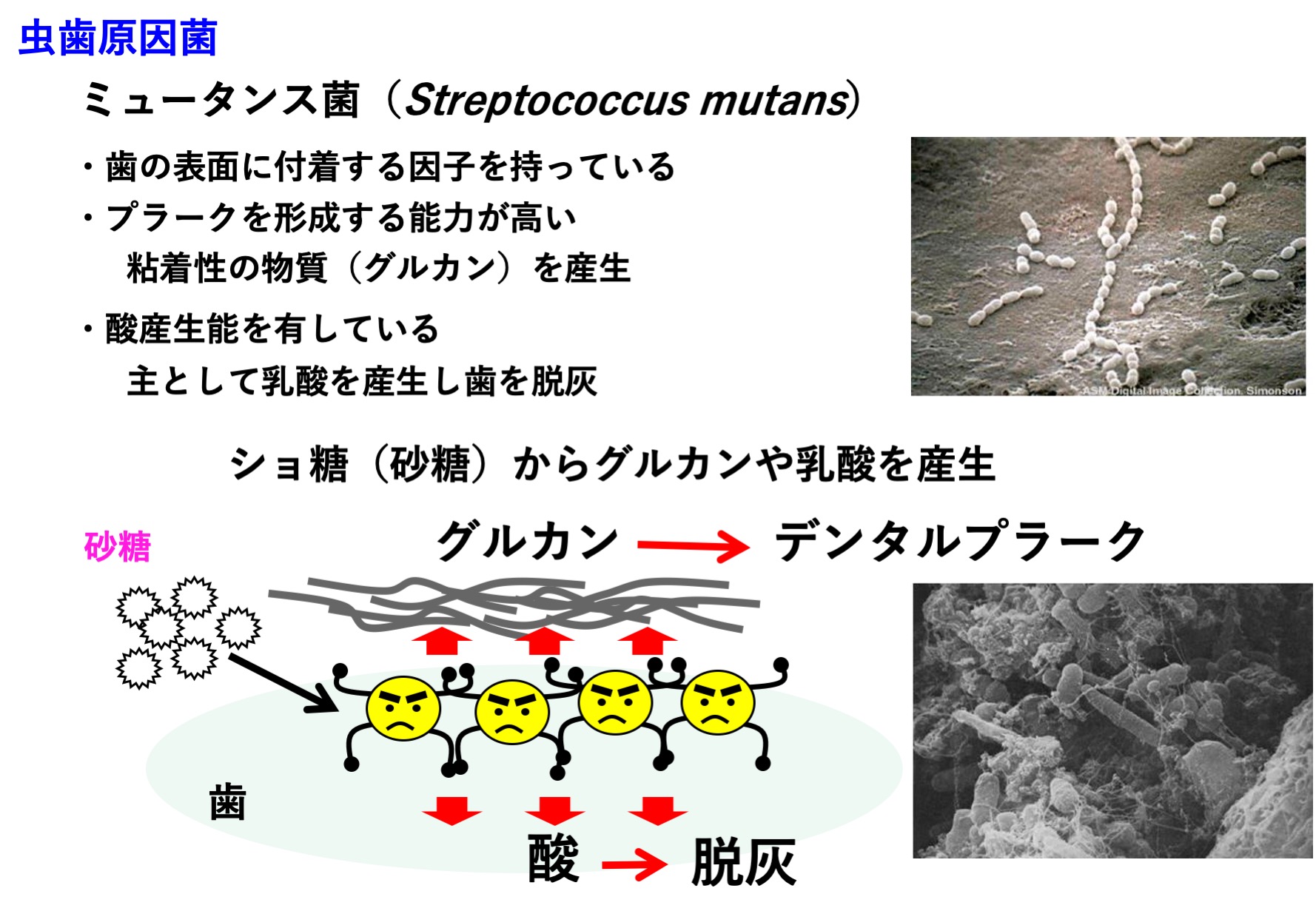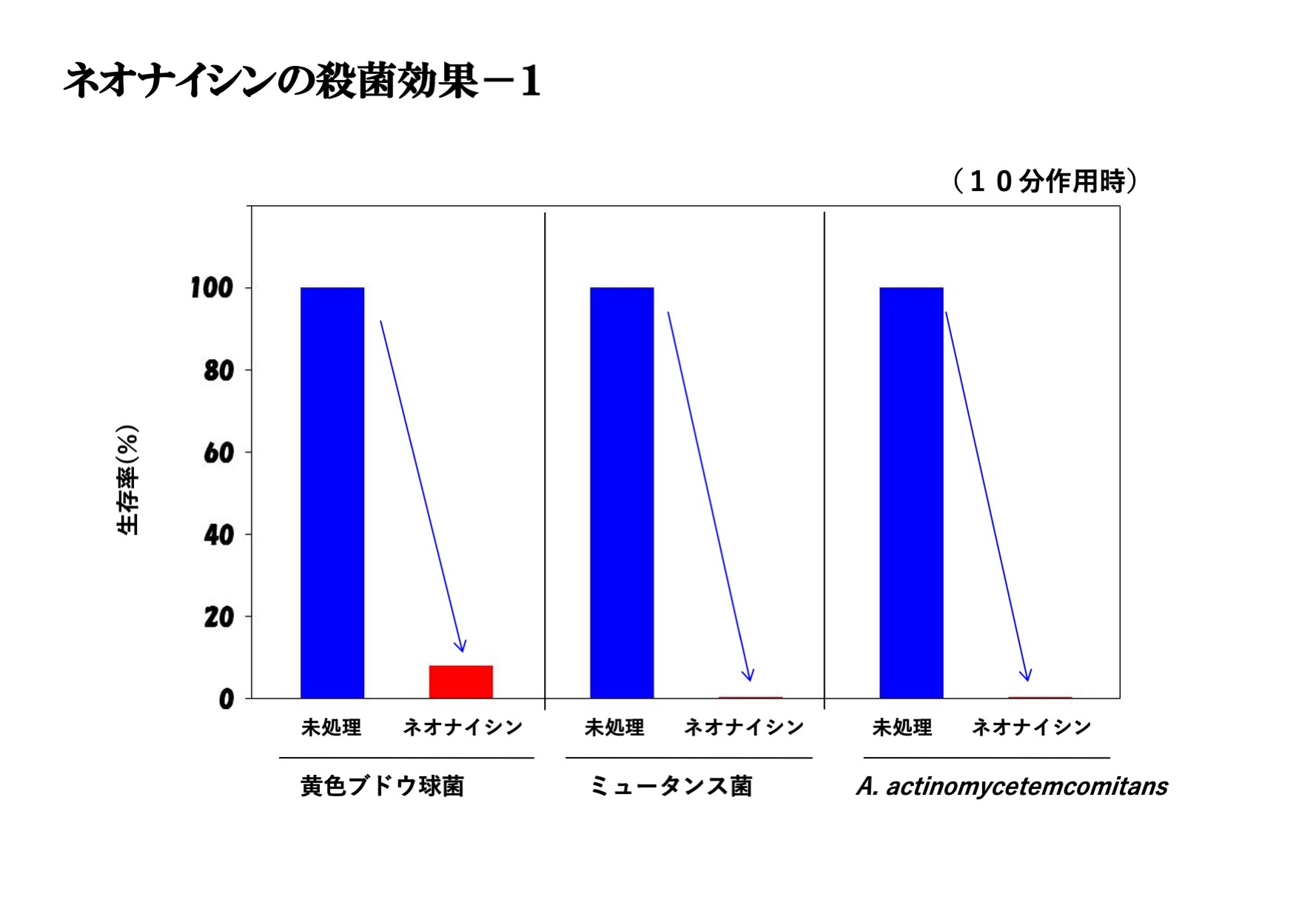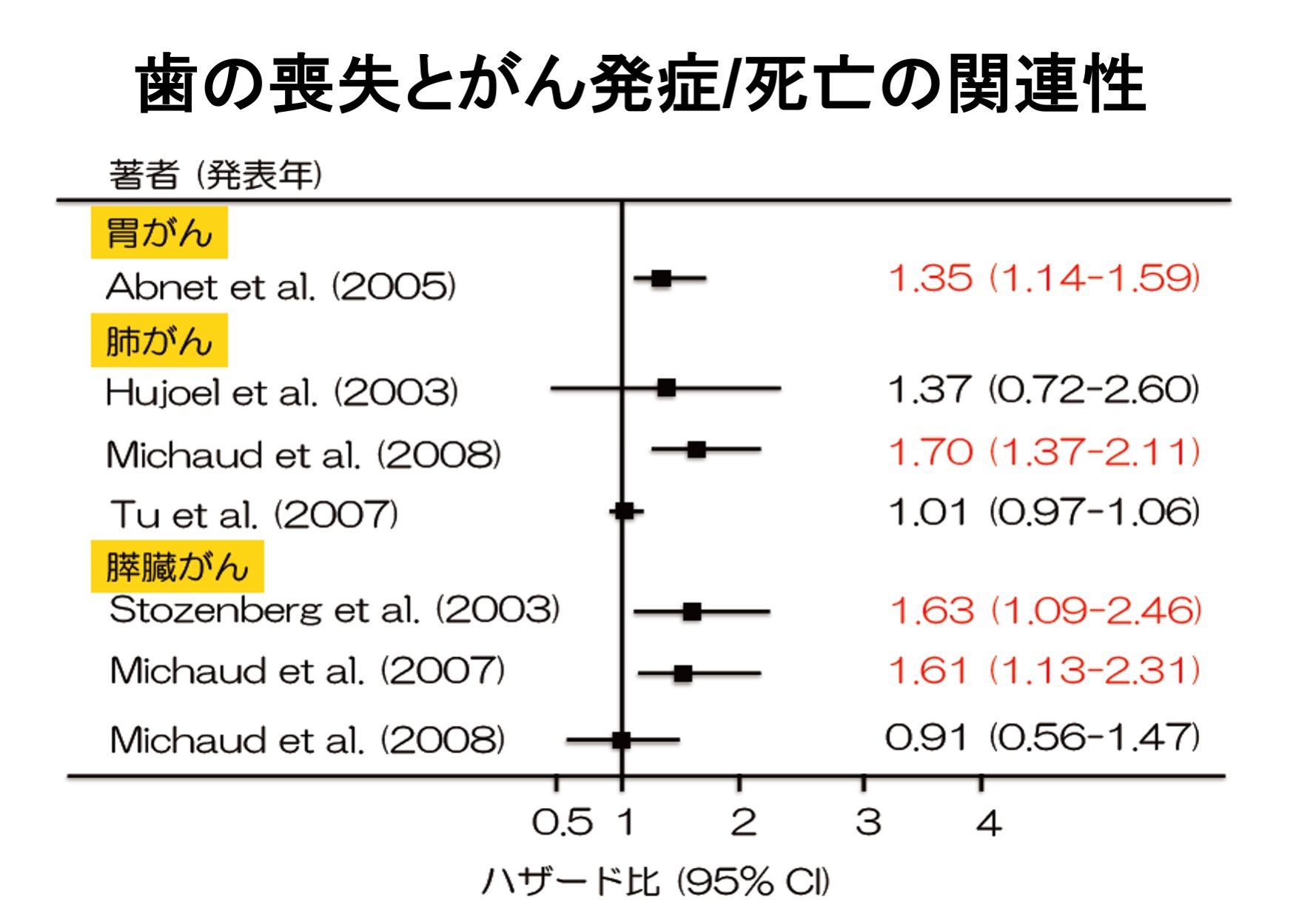Message from the researcher 1
What is “Neonisin®︎”, a natural antibacterial agent (bacteriocin) produced by lactic acid bacteria?
What is lactic acid bacterium
Lactic acid bacterium is one of the bacteria that has been deeply related to human life since ancient times, and is a generic term for bacteria that ferment sugar and produce a large amount of lactic acid.
This lactic acid bacterium is widely distributed in nature. In particular, it is found in fermented foods that are familiar to us, and contributes not only to improving their flavor and palatability, but also to their preservability.
Examples include yogurt, cheese, pickles that are fermented mainly by lactic acid bacteria, and traditional brewed foods such as sake, miso and soy sauce.
Characteristics of lactic acid bacteriocin
In addition, lactic acid bacteria enhance the shelf life of foods by performing lactic acid fermentation.
This is because lactic acid bacteria make lactic acid and various antibacterial substances in foods.
One of them is an antibacterial peptide (protein) called bacteriocin, which is attracting attention as a safe antibacterial material.
The features of lactic acid bacteriocin are as follows.
1) Heat and acid resistance
2) As soon as it enters the body, it is decomposed into amino acids and is safe.
3) Instant sterilization at ultra-low concentration (1/1 billion, ppb level) compared to general antibacterial agents and antibiotics
4) Resistant bacteria are less likely to occur
5) Kill multidrug-resistant bacteria such as MRSA and VRE
6) Kill only harmful bacteria of interest
7) Tasteless and odorless
Bacteriocin “Nisin” made by lactic acid bacteria
Our laboratory has focused on antibacterial peptides (proteins and bacteriocins) made by highly safe lactic acid bacteria that have been eaten since ancient times, and has conducted various joint research with local companies.
As one of the achievements, we have succeeded in practical application (formulation) of the most famous lactic acid bacterium bacteriocin “Nisin” into a healthcare product.
“Nisin” is a small protein (a peptide consisting of 34 amino acids) made by lactic acid bacteria (Lactococcus lactis).
It mainly shows antibacterial activity against bacteria that are closely related to lactic acid bacteria that make nisin (gram-positive bacteria). Its antibacterial mechanism kills the bacteria of interest by puncturing the cell membrane.
This nisin has three analogs (“NisinA”, “NisinZ”, “NisinQ”).
The first discovery was “Nisin” made by lactic acid bacteria isolated from fermented milk in 1928. In 1953, a British company first commercialized and sold the “Nisin” formulation.
After that, “Nisin” was approved by the international organization WHO / FAO in 1969 and its safety by the US FDA in 1988.
As a result, “Nisin” has come to be used as a safe food preservative in more than 50 countries around the world.
“Nisin” derived from “tofu” in Japan
The lactic acid bacterium used in our laboratory is the lactic acid bacterium (Lactococcus lactis) found in the tofu “Okara” from Fukuoka Prefecture, and the lactic acid bacterium that we have is the most capable of producing “Nisin”.
The high-purity “Nisin” used for “Neonisin®” is made from the fermentation broth of this excellent lactic acid bacterium.
In the future, through discovering unique antibacterial peptides (bacteriocins) and conducting various research, we will put “Neonisin®︎” into practical use in healthcare and develop safe antibacterial agents for each purpose.

Dr.Kenji Sonomoto
・Research on bacteriocin “Nisin” produced by lactic acid bacteria
・Discovery and provision of wild lactic acid strains that produce a large amount of nisin
Kyushu University Faculty of Agriculture Department of Life Sciences Professor Emeritus Doctor of Engineering
Vice President of Japan Society for Biotechnology, Former Vice President of Japan Lactic Acid Bacteria Society
Completed the Graduate School of Engineering, Kyoto University in 1982. In the same year, he became an assistant professor at the Faculty of Engineering of Kyoto University, an associate professor at Kyushu Institute of Technology in 1990, an associate professor at Kyushu University in 1993, and a professor in 2001. Engaged in the research of antibacterial peptide “lactic acid bacteriocin” for the past 20 years. He has carried out a wide range of research from basic to applied, and has achieved many achievements so far. His main research achievements are the discovery of novel bacteriocin, its practical application, and the creation of lantibiotic engineering. We are also promoting many industry-government-academia collaborative projects, and are actively conducting research into the practical application of bacteriocin to the food industry and medicine. His achievements in the field of bioengineering, from the discovery of seeds of a novel bioactive substance called bacteriocin, to the effective utilization of concrete social significance are included in the field of biotechnology.
Message from the researcher 2
About the effect of “Neonisin®︎” on oral bacteria
About oral bacteria
There are about 700 microbial species that parasitize the body, of which about 500 are present in the oral cavity.
Bacteria present in the oral cavity are called oral bacteria, and there are 100 million bacteria per ml in saliva.
Most of oral bacteria are so-called “non-pathogenic bacteria” that are harmless to the human body, but some of them are called “pathogenic bacteria” that cause dental caries (cavities), periodontal disease-causing bacteria, and yellow grapes. There are bacteria such as cocci and microorganisms such as Candida which is a type of mold.
However, there are usually only a few such pathogenic bacteria, so there is no problem.
Oral health is general health
However, if you do not brush your teeth, bacteria will adhere to the tooth surface and multiply, creating large lumps of bacteria formed from various bacterial species.
This is the so-called dental plaque. The formation of dental plaque leads to the development of caries (cavities) and periodontal disease.
Dental caries is a disease that causes defects in teeth, and periodontal disease is a disease that destroys the tissues that support teeth, but both are bacterial infections.
Therefore, it is important to prevent the formation of dental plaque to prevent dental caries and periodontal disease.
In addition, recently, it has been reported and reported that such an oral disease affects or even causes the whole body.
For example, periodontal disease is originally a disease of periodontal tissues, but arteriosclerosis, diabetes, and effects on the fetus have been pointed out.
Therefore, the idea that oral health is related to general health is rapidly spreading.
Plaque control is important
There are a large number of bacteria in the oral cavity, and these bacteria co-exist and antagonize each other to form the human-specific bacterial flora.
Bacteriocin is a general term for antibacterial substances produced by bacteria, and a great many bacterial species produce their own bacteriocin.
By producing bacteriocin, bacteria suppress the growth of other bacteria and try to secure a place for their own growth.
“Nisin” used in “Neonisin®” is a bacteriocin produced by lactic acid bacteria, but it is attracting attention as an extremely safe antibacterial substance.
In order to prevent oral diseases such as dental caries and periodontal disease, it is important to thoroughly brush your teeth and practice what is called “plaque control” without creating dental plaque.
However, it is very difficult to brush the teeth well, and it is very difficult for the bedridden elderly and people with disabilities to brush their teeth.
In such cases, you can expect efficient plaque control by using an antiseptic-containing mouthwash.
However, many mouth rinses currently on the market are not good for drinking, and their use is limited. It is considered that the “Neonisin®”, which is an antibacterial agent that is safe to drink according to the present invention, is a caries and periodontal disease preventive agent that can be widely used with great confidence.
Antibacterial activity of “Neonisin®”
In addition, it has been clarified that “Neonisin®” is an important bacterium for the formation of dental plaque and exerts a strong antibacterial activity against mutans streptococci known as a cariogenic bacterium.
Eliminating this mutans bacterium suppresses the formation of dental plaque, leading to the prevention of caries and periodontal disease.
In our laboratory, we focus on bacteriocin produced mainly by oral bacteria, and study daily the effects on the indigenous bacterial flora and drug discovery aimed at the prevention of dental caries and periodontal disease. We hope that the results will lead to oral health and eventually to general health.

Dr.Hitoshi Komatsuzawa
Professor, Graduate School of Medical and Dental Sciences, Kagoshima University
・Research on the effectiveness of new natural antibacterial agents against oral microorganisms
・Study of the effect of bacteriocin on indigenous bacteria in the oral cavity
Graduated from Hiroshima University Graduate School of Dentistry in 1992. In the same year, Assistant Professor, Faculty of Dentistry, Hiroshima University. 2000 Assistant Professor, Faculty of Dentistry, Hiroshima University. 2008 Professor at Graduate School of Medical and Dental Sciences, Kagoshima University. To the present.
Affiliation: Japanese Society of Bacteriology, Japanese Society of Basic Dentistry, Specialty: Bacteriology, Oral Bacteriology, Basic Chemotherapy
Research theme: Research on the role of antimicrobial peptides in the innate immune system, research on oral care, research on drug resistance and virulence factors of Staphylococcus aureus, research on virulence factors of periodontal disease-causing bacteria, molecules of hospital-acquired bacteria Epidemiological analysis research

Dr.Miki Matsuo
Assistant Professor, Graduate School of Medical and Dental Sciences, Kagoshima University
Kyushu University Graduate School of Dentistry Doctoral Program in Preventive Dentistry
Academic Society: Japanese Society of Bacteriology, Basic Dental Society, Specialty: Oral Bacteriology Bacteriology
Research theme: Research on the relationship between the two-component regulatory system of bacteria and bacteriocin, Research on the sugar metabolism mechanism of bacteria
Message from the researcher 3
Oral care is important to prolong healthy life expectancy!
Relationship between dementia and teeth
The oral cavity is a very important organ for maintaining general health. In particular, there is a close relationship between healthy life expectancy and the oral cavity.
Healthy life expectancy refers to the period during which you can live independently without the need for long-term care.
In Japan, where the aging rate is the number one in the world, the Ministry of Health, Labor and Welfare released its figures for the first time this year (2013).
In 2010, the average was 70.42 for men and 73.62 for women. On the other hand, the average life expectancy in 2010 is 79.55 years for men and 86.30 years for women, with a gap of about 9 years for men and 13 years for women. This is the period when you need nursing care.
The Ministry of Health, Labor and Welfare proposes to improve healthy life expectancy by 1.6 years or more by improving exercise and eating habits. However, as older people inevitably have problems such as dementia and bedridden.
The health of the mouth, or mouth and teeth, is deeply involved in this problem.
Many data have been reported that if you have many teeth left, you are at low risk of systemic disease and live longer.
Dementia is expected to become an increasingly important issue in Japan in the future, and the relationship between it and teeth has been reported.
It is known that there are many healthy teeth or that cognitive function is maintained when there are remaining teeth.
Super-aging society and the importance of oral care
Also, pneumonia is a serious disease for the elderly.
Pneumonia accounts for about 10% of all deaths among Japanese, but up to 96% are elderly people aged 65 and over.
This is because the ability to swallow (swallow function) declines in older people, and many people die of aspiration pneumonia.
Therefore, oral care to clean the mouth will prevent pneumonia.
In this way, oral care is becoming more and more important in a super-aged society, and there is an increasing need for effective tools for that purpose, specifically mouthwashes and cleaning tools.
We believe that oral care products using antibacterial peptides derived from lactic acid bacteria are unique in the world and are very promising.
In the future, we would like to support the development of oral care products that are gentle and effective on the body, including the various possible uses of “Neonisin®”.

Dr.Kenji Matsushita
Department of Oral Diseases, National Center for Longevity Research, Doctor of Dentistry
Visiting Professor, Department of Oral Health Promotion, Kyushu University Dental School
Member of the Japanese Society of Periodontology, Japanese Society of Anti-Aging Medicine, Member of the Japanese Society of Geriatric Dentistry, Member of the Japanese Society of Oral Hygiene
・Study of the effect of new natural antibacterial agents on human cells
Specialty: Vascular Biology, Dental Conservation, Periodontology, Oral Immunology, Oral Bacteriology, Geriatric Dentistry
Current research theme: Development of infection control method for oral infections, especially periodontal disease, development of oral health promotion method for healthy aging
Visiting Professor: Tohoku University Graduate School of Dentistry Collaboration Longevity Oral Science Course (April 1, 2007), Hokkaido University Graduate School of Dentistry Collaboration Longevity Oral Science Course (April 1, 2010), Kagoshima University Graduate School of Medical and Dental Sciences Part-time lecturer: Faculty of Dentistry, Faculty of Dentistry (April 1, 2005-), long-term oral science course (April 2011-), Kyushu University School of Dentistry regional oral health promotion course (July 2012-)
Message from the researcher 4
Safe to swallow. Prospects of new natural antibacterial agents with antibacterial effect against bacteria causing tooth decay and periodontal disease in the oral cavity
“Neonisin®”, a natural antibacterial agent that is safe to swallow
The natural antibacterial peptide (protein / bacteriocin) “Nisin” produced by lactic acid bacteria is generally produced by a salting out method in which a large amount of salt is added and the protein is precipitated.
Therefore, it contains a lot of proteins and salts other than “Nisin”, and there is concern about its effect on taste. It was not desirable for use as an oral hygiene agent.
After 10 years of research at this institute, we have developed a new high-purification separation technology that hardly affects the taste.
Furthermore, “high-purity Nisin” has been confirmed to show a strong antibacterial effect against gram-positive bacteria such as pathogenic Staphylococcus aureus and dental caries. However, it has the weak point that it has no antibacterial effect against Gram-negative bacteria such as Escherichia coli and periodontal disease-causing bacteria.
Therefore, we selected “Japanese plum extract” based on plant selection tests using various natural substances. It has been said that “Japanese plum extract” has antibacterial properties since ancient times.
However, it shows a strong sourness that is not suitable for oral use because it requires a certain concentration. At concentrations that do not affect taste, antibacterial effects will not be exhibited.
As such, it is a substance that has no antibacterial effect against Gram-negative bacteria. However, as a result of repeated research, we have found the minimum necessary ratio of “Japanese plum extract” that has the antibacterial effect of “high-purity Nisin” against gram-negative bacteria.
This unique blending ratio of natural antibacterial agent is “Neonisin®”, and it has been formulated as a new oral antibacterial agent that has little effect on taste and taste against gram-negative bacteria that have not been effective until now.
Antibacterial agent “Neonisin®” that is friendly to people and the environment
“Neonisin®” is an antibacterial agent with 100% natural ingredients that has the effect of reducing oral pathogens. Even if ingested by accidental ingestion, it has a great advantage in that it is quickly decomposed into amino acids by digestive enzymes in the body and is safe.
This is also the case when it is released into the environment, and because it is biodegraded into amino acids in the soil, it circulates as one of the nutrient substances in the biological ecosystem, and it can be said that it is a gentle antibacterial agent in harmony with the environment.
“Neonisin®” is expected to be effectively used as a natural raw material that has a bactericidal effect against dental caries and periodontal disease bacteria instantly while being safe to drink.
In the future, we plan to develop oral care products using “Neonisin®” and make efforts to meet the needs of many people who are in trouble.
You can see the conference presentation by the researchers in the following video. Sorry only Japanese.
https://www.youtube.com/playlist?list=PLBegZ2BmeuTIaOS55wJXZSj7G_-VmPOAF

Dr.Kohei Nagatoshi
Director, Eco Friendly Research Center
・Invention of high-purity separation technology for lactobacillus bacteriocin “Nisin”
・Development of new natural antibacterial agent using high-purity nisin and plant extract
Born in Fukuoka Prefecture. After graduating from the Faculty of Agriculture in Hokkaido University in 1995, after undergoing research and development on sanitary products (antibacterial agents) for food environments at a chemical company and health care cosmetics at a cosmetics company in 2000, in 2002 a lactic acid bacterium bacteriocin produced by lactic acid bacteria at a food company. I met Nisin. After promoting many industry-academia-government collaborative projects and researching “Nisin” for 10 years with Professor Emeritus Sonomoto of Kyushu University in 2007, he succeeded in inventing “Neonisin®”, a new natural antibacterial agent that overcomes the weak points of Nisin.





















































